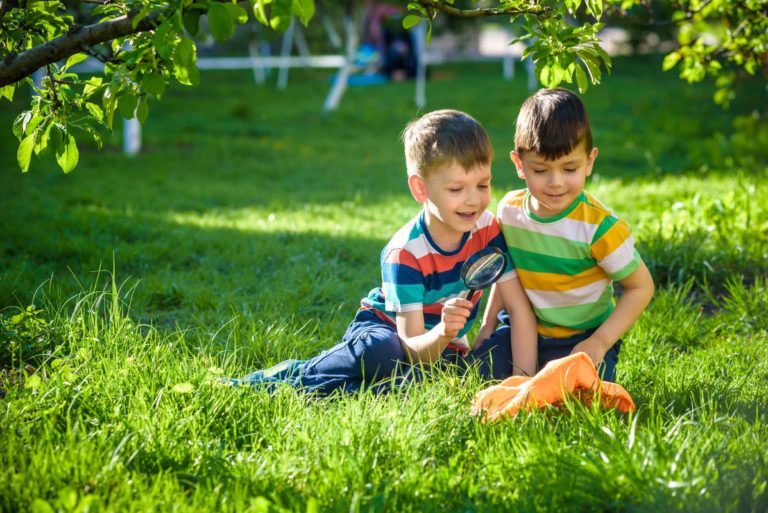The days leading up to spring break in the classroom can be trying for educators. Spring fever coupled with a looming vacation makes for antsy students who are ready to disengage. While spring break is a great time for fun and relaxation, it’s beneficial for students to maintain some degree of engagement in learning even while on break. This ensures that students keep their brains active during the week off. The key is to engage students just enough to keep them mentally stimulated without robbing them of a much-needed opportunity to disconnect and destress. Below are some activities to engage students during spring break without overwhelming them.
The Rules
Before you run off into a field of endless spring break learning opportunities, let’s reel it in for a moment. There are rules that you must abide by when assigning spring break activities. The goal is to make the work meaningful without taking over time that, rightfully, is dedicated to leisure. However you choose to engage your students, please consider the guidelines below.
- Activities must be brief – there should be more relaxing than learning.
- Consider the fact that students may be traveling.
- Don’t penalize students who don’t have access to technology.
- Communicate your expectations to parents clearly.
- Make the activities meaningful beyond spring break.
- Use student interests to influence your choices.
- Make assignments an extension of your pre-break learning.
Activities for Engagement
Scavenger Hunt
Whether your students spend spring break across the globe, at home, or anywhere in between, a scavenger hunt is a fun and easy way to keep your students engaged in learning. This is adaptable to any grade level and can be done in many ways. Younger students can collect items of certain colors or count a certain number of small objects. Older students can solve riddles to determine which items to collect or collect items that represent themes from a text. Students can even use technology to take pictures of their hunt items. The possibilities are endless!
Basketball Stats
Springtime is when basketball season heats up, and there will indubitably be games to watch during spring break. Assign students to watch a basketball and tally stats – like the number of free throws, 3-point shots, etc. Students can use the shots made and missed to determine percentages or determine stats and percentages for one player.
Nature Walks
No matter where a student spends spring break, they will likely have access to the outdoors in some capacity. Ask students to take a stroll outside to observe nature. The sky, trees, grass, etc. are perfect muses for art and written expression, and can even give way to mathematical analysis. Of course, students can always make connections between science and their outdoor surroundings.
Science Experiments
Speaking of science, scientific experiments are a great way to engage students both in and outside of the classroom. Give students science experiment options that feature a range of materials. Try to stick to experiments that have affordable or readily available materials.
Post Card
Allow students to flex their writing skills by writing a postcard to their classmates during spring break. Coach students to write about their experiences, and allow them to share them in small groups. This is a quick, easy way that every student can be involved in an individualized way.
Photography
Ask students to take pictures throughout spring break that they can bring to the classroom, digitally or physically, to contribute to a spring break project. This project can be a digital presentation, poster, storybook, or scrap book. Older students can choose a photo from spring break to write a photo analysis essay. This idea allows students to participate from anywhere and creates a seamless transition from spring break.
Journaling
Anytime students are practicing literacy skills, it’s a win for the classroom. A simple way to keep literacy going over spring break is to have your students journal. The key to making this appealing and effective is autonomy. Give students freedom while journaling by providing a wide range of topics or allowing students to express about anything they choose to. This should feel like an outlet for students as opposed to an assignment.
Why Students Need Spring Break Engagement
One of the greatest benefits of keeping students engaged on spring break is easing the transition back into the classroom. While our students’ minds are often sharp enough to recall information after a week off, their organizational and productivity habits can suffer. The appropriate level of engagement during spring break helps student adjust back to school more easily.
Furthermore, learning should not be confined to the classroom nor the school calendar. Students will always glean from the world around them, and we as educators can help them do that. Breaks are the perfect opportunity to extend learning and allow students to practice autonomy and self-expression.




